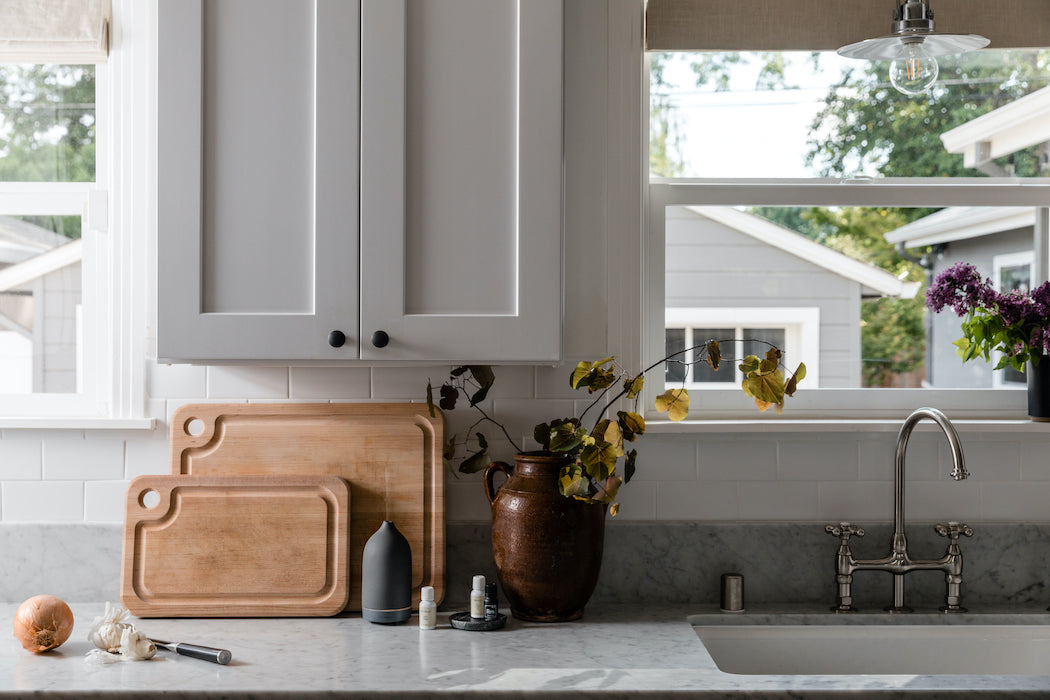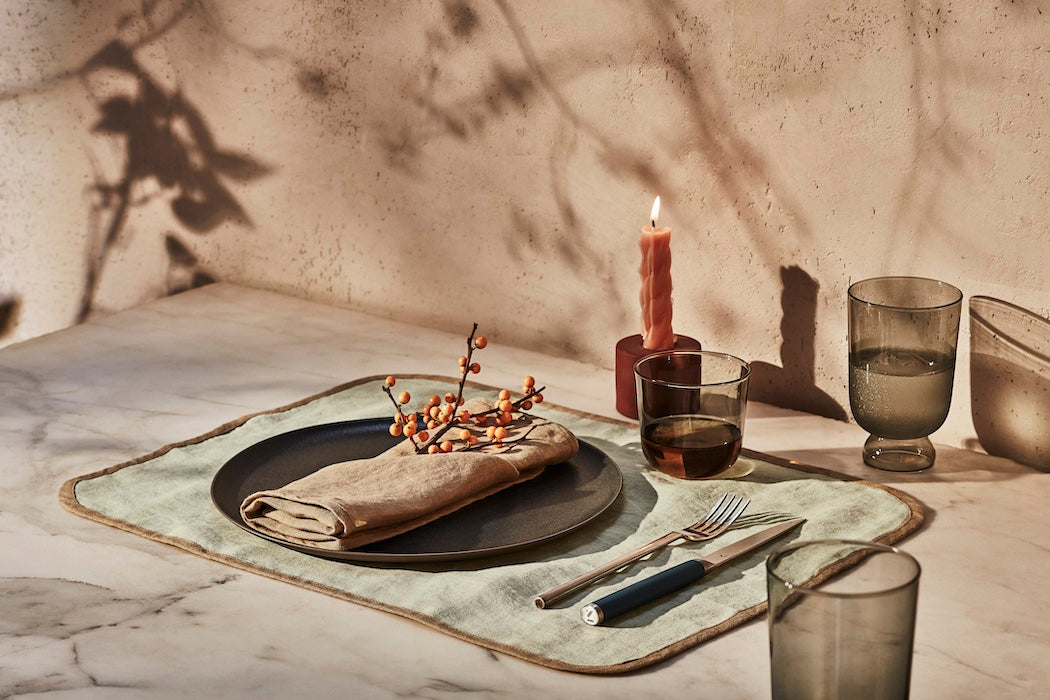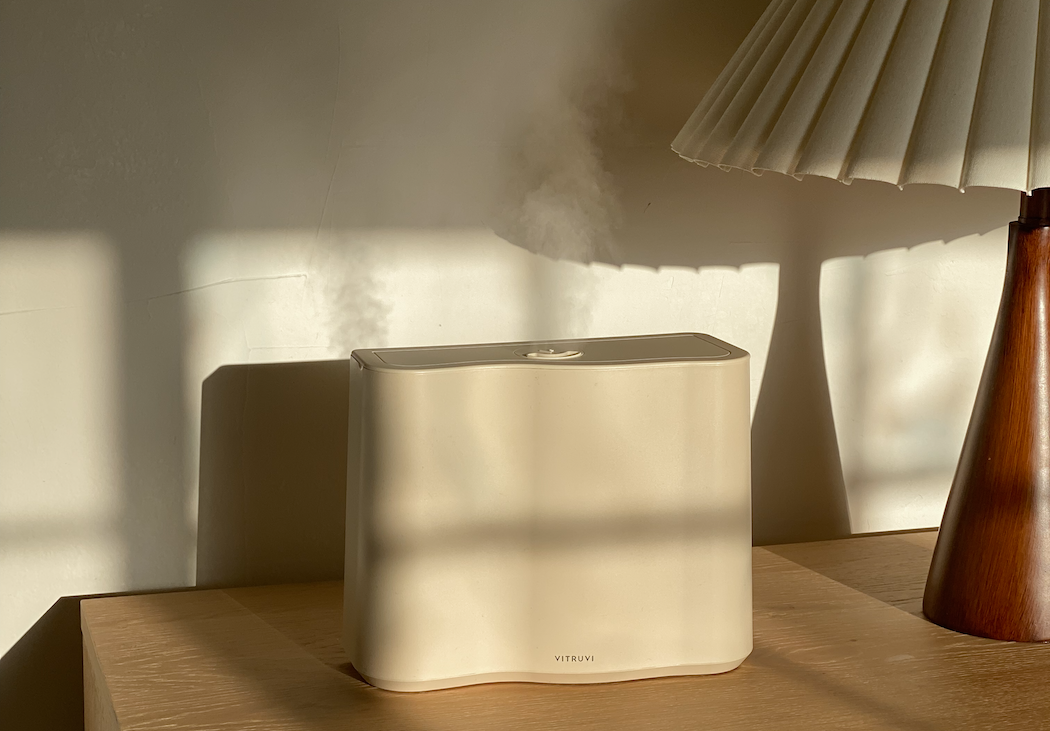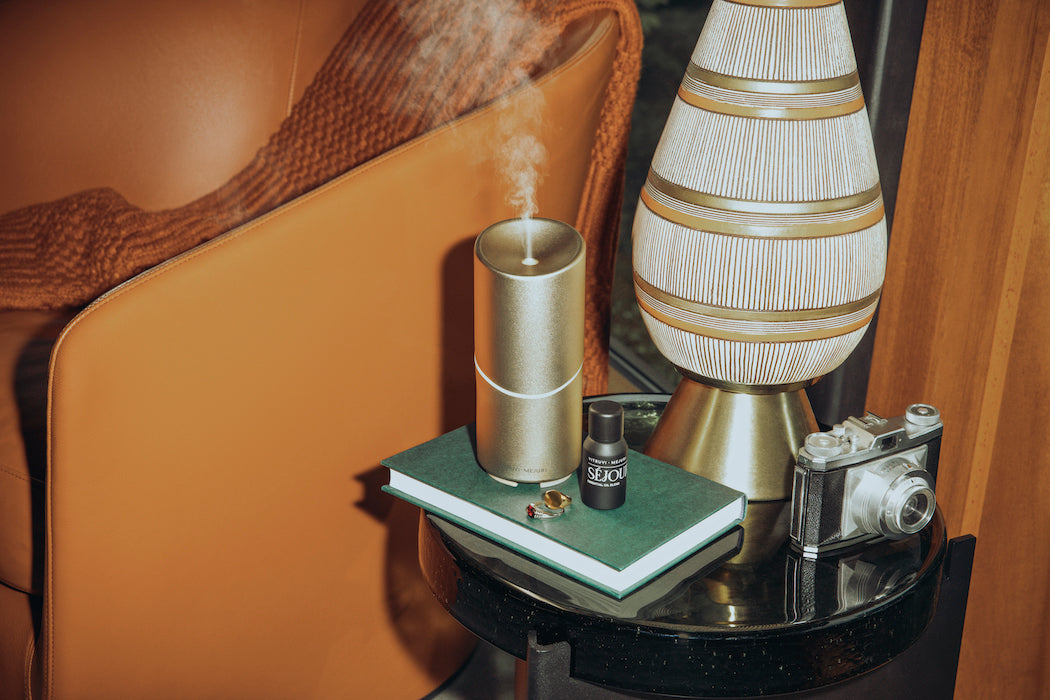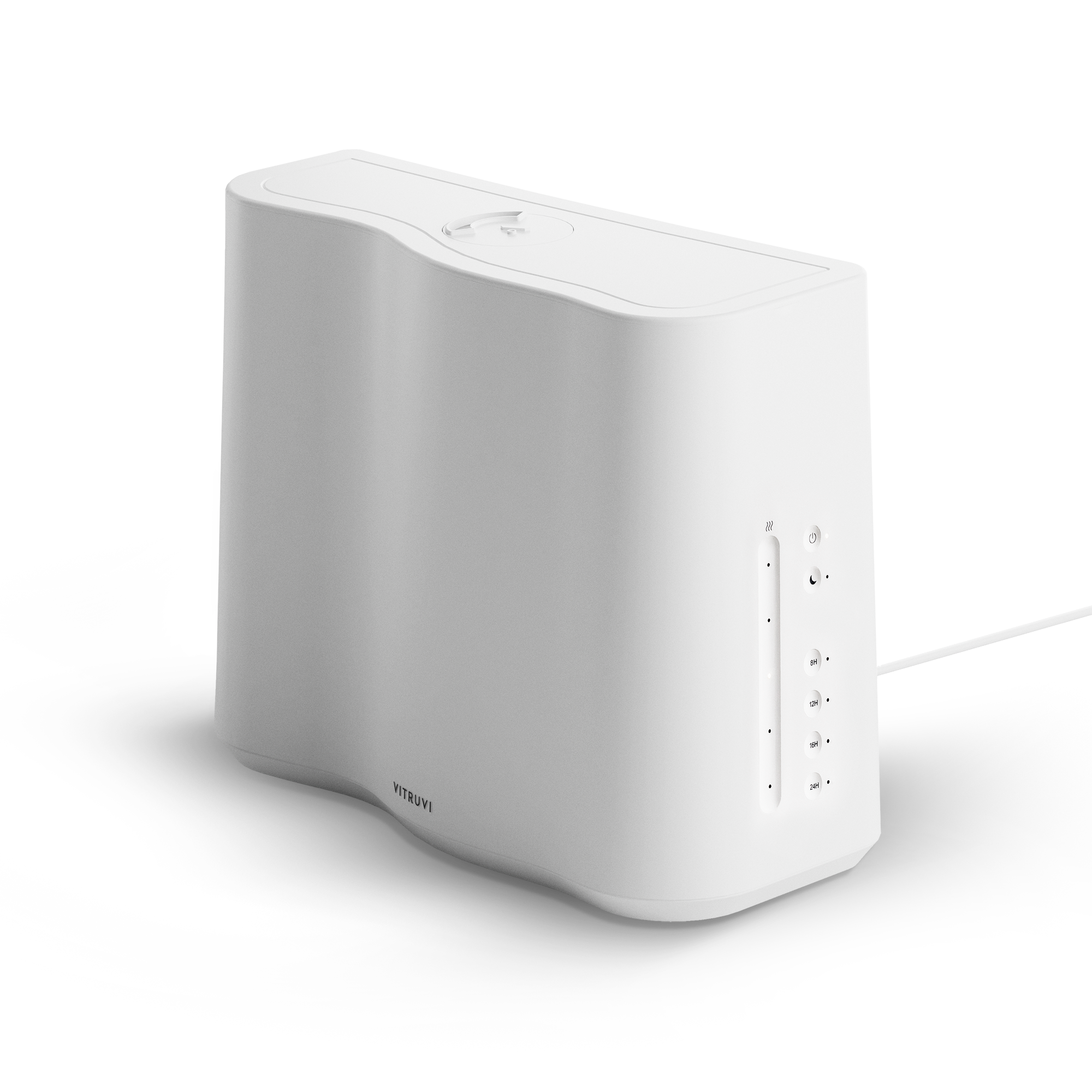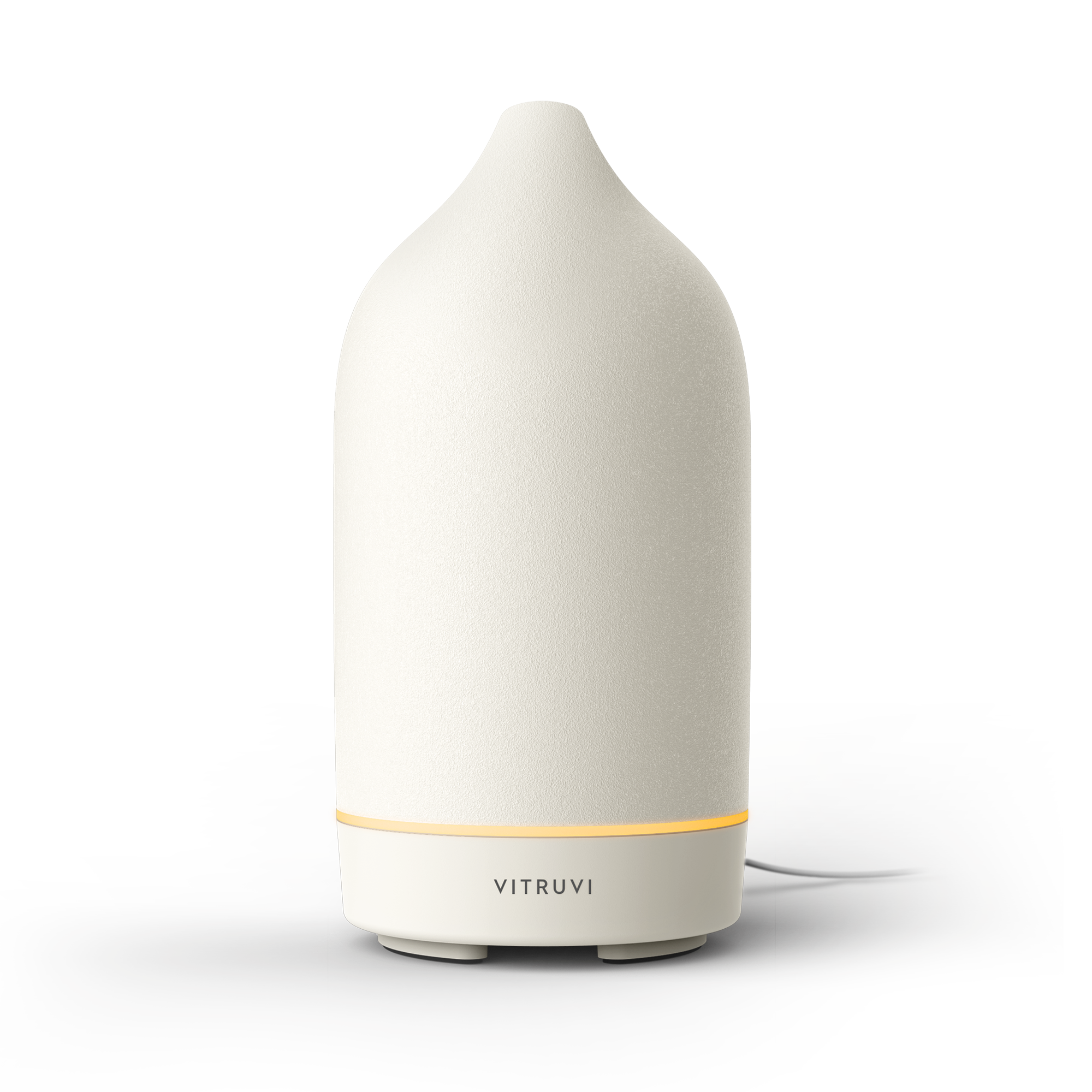I don’t know about you, but I’m extremely well versed in the art of the sad lunch.
When I’m in the office (currently that’s just twice a week in order for us to remain socially distant), I try to avoid buying my lunch, mostly out of protection to my wallet; but every time I bring my own meal, I stare at my colleagues’ takeout salads and sandwiches with a mix of envy and longing. And truthfully, even on days when I’m working from home, I find it difficult to get excited about lunch. More often than not I just throw some arugula into a bowl with whatever vegetables I have lying around. It’s healthy, sure—but not exactly exciting.
So it’s with a large degree of selfishness that I reached out to Vancouver-based dietitian Annie Tsang for guidance on creating nutritious, easy lunches that satisfy not only my hunger but my need for flavour.
“It’s always good to do some meal planning—batch cooking or batch prepping is easier and can be done on a Saturday or Sunday, or even a weekday if you’re working from home,” Tsang says via phone. “Find a little time in the day so that you can put together lunch boxes for the rest of the week.”
Tsang suggests thinking about lunch construction in terms of three main areas: protein, grains, and fruits or vegetables.
Protein options for lunch
Protein can be anything from animal products like tuna, chicken, or cheese, or can be plant-based in the form of chickpeas or roasted nuts and seeds. Hard-boiled eggs are great options too, Tsang says, because they can be made a few at a time and thrown into salads or sliced for sandwiches.
Grain options for lunch
Next, think about whole grains. “This provides energy for your body, so it’s actually very important to include,” says Tsang. “Even if you follow a gluten-free diet, you should always still include some sort of high-fibre whole grains at lunch, because they provide a high spectrum of Vitamin B—which is good for energy and stress relief and is anti-inflammatory.” This could mean anything from grain bread to rice crackers to sweet potatoes; other good options are barley and quinoa, which can be pre-made and kept in the fridge to use in a bunch of different ways throughout the week.
Fruit and vegetable options for lunch
Lastly, incorporate some fresh fruits or vegetables. Pre-wash and cut a few different types of produce (carrots, apples, berries) to make your life easier when (if you’re like me) suddenly realize it’s 12:30 and you’re starving.
“Once you have these three categories sorted out and you figure out what you have on hand, it’s easier to meal prep,” Tsang explains. “It can be very simple. A lot of times we overthink it.”
Easy lunch ideas
For her own lunches, Tsang often makes wraps because the filling options are basically endless. “I usually make egg salad and add some vegetables and seasoning, or sometimes chicken salad if I have leftover chicken,” she says. “Or you can go more Mexican with shredded peppers and cheese, maybe some ground beef. Or if people are vegetarian they could do it with beans.” Something else that could be fun, she offers, is a homemade poke bowl. “You can just throw the ingredients together: edamame, imitation crab, sesame seeds, shredded carrots, cucumbers, sushi rice,” says Tsang. “And mix in a bunch of sauce of your liking.”
She also suggests taking advantage of your freezer by pre-making things that can be portioned and frozen, then defrosted in a pinch; think pasta sauce, soup, even meatballs.
When it comes down to it, the best way to eat is with a combination of pleasure and nutrition. Planning ahead even a little bit can make all the difference in those teetering-on-hangry moments, and can help you (read: me) get excited—and stay excited—about homemade lunch.

